Video explaining Earth’s Major Mass Extinction Events
Blogpost/Transcript
Our planet is currently going through an environmental and climate disaster, to the extent that many scientists now believe that Earth is experiencing a sixth mass extinction event, caused by human activity — what we call anthropogenic impacts. A mass extinction event is one where there is a widespread and rapid decrease in biodiversity.
If this is the sixth mass extinction, when were the previous five? That’s what we are going to talk about.
We have to go very far into Earth’s history to start, when a lot was happening on the planet, with plate tectonics, volcanoes and asteroid strikes. For the first three billion years of life, unicellular microorganisms — something like bacteria or archaea, ruled it. There were no insects, or birds or mammals. The earliest direct fossil evidence of this is from around 3.4 billion years ago in Australia. There is also evidence suggesting that life may have begun 4.2 billion years ago, soon after the formation of our planet, when oceans had just started forming, because oceans are where everything lived then, as far as we know. These early lifeforms were not using oxygen to make food however; there wasn’t enough of it then. They were using methane or carbon dioxide and their waste product — oxygen — started filling up in the atmosphere leading to oxygen-using organisms.
Then around 600 million years ago, something changed. We don’t know exactly what but there are theories that some of these unicellular organisms combined with each other and became multicellular. From then on life proliferated. There are studies that claim that some multicellular forms had already started appearing about 1.5 billion years ago but for the most part, our fossil record tells us that complex life: all the plants, fungi, animals and insects — that eventually led to us — began approximately 600 million years ago. Interestingly this did not happen once but at least 25 times, initially giving rise to organisms like sponges, jellyfish and alien-looking things called trilobites. Then around 530 million years ago, we get the Cambrian explosion, when a prodigious number of complex lifeforms appear, including vertebrates.
Right, so life starts on Earth, it is going about its merry way, plants are colonizing land and insects-like organisms are also venturing out of the oceans onto land. This is when we get to the first known mass extinction event. Called the Ordovician-Silurian Extinction Event, it occurred 450–440 million years ago. This is the second largest of the five mass extinctions, killing off 27% of all families, 57% of all genera and 60% to 70% of all species, most of which were in the oceans. In May 2020, a new study theorized that this event occurred due to global warming, related to volcanism and low oxygen but earlier studies suggested that it was due to an intense cold weather period leading to an ice age that froze much of the water from the oceans into glaciers. Or perhaps it was both, one following the other.
Now, 70% of all species have disappeared and the rest are trying to make ends meet and regenerate, which they do for the next 100 million years or so. Some of them — like the fascinatingly named Tiktaalik (an intermediate species between fish and amphibians) have developed four legs and are now moving on to land. Then around 375–360 million years ago, a prolonged series of extinctions takes place that eliminate about 19% of all families, 50% of all genera and at least 70% of all species. Those poor guys, who had survived, diversified and proliferated, were again almost wiped out. This is the Late Devonian Extinction Event and its causes range from fluctuations in sea levels, asteroid strikes and climate change, one or all of which may have led to oxygen depletion in the oceans that ultimately affected all life.
The cycle starts again. Organisms that survived are again trying to move on to a new normal, using the opportunity to evolve into amphibians and reptiles, when along comes the greatest mass extinction in Earth’s history, around 252 million years ago. The Permian-Triassic Extinction Event (P-T Extinction), also known as the End Permian Mass Extinction (EPME), killed 57% of all families, 83% of all genera and 90% to 96% of all species. This included 53% of marine families, 84% of marine genera, about 96% of all marine species and an estimated 70% of land species, including insects. Once again, there are a host of culprits that could be responsible for this, including asteroid strikes, excessive methane release and sea level changes. It seems that the single biggest cause is the huge volcanic complex known as the Siberian Traps, which erupted and triggered the release of trillions of tons of carbon, resulting in global warming. For a million years marine and land temperatures rose extensively and almost no fish lived at the equator. The trilobites that we talked about earlier, one of the earliest lifeforms, which had survived the previous extinctions, also went extinct. Known as the Great Dying, it had a huge impact because it took the vertebrates 30 million years to recover from this. The Great Dying is significant because dominant species like some mammal-like reptiles lost their dominance and others took over from them. In the oceans, many immobile species were depleted and replaced by others such as the great marine reptiles. Because that’s what evolution does. It finds a niche and utilizes it.
The 250 Million Year Old Great Dying May Have Had Many Causes
Life may be rare in the Universe, as far as we know, but we have to admit it has been very tenacious on Earth. After the P-T extinction more evolution takes place, early dinosaurs begin to appear. The ancestors of mammals however, are mostly small and nocturnal. Then around 200 million years ago begins the bookending of the age of the dinosaurs. The Triassic-Jurassic Extinction Event occurs and 23% of all families, 48% of all genera (including 20% of marine families and 55% of marine genera) and 70% to 75% of all species became extinct. Most of the mammals and amphibians disappeared, and crocodilian like animals dominated freshwater environments. This event was very good for the dinosaurs because most of their competition died out and they were able to spread all over the planet, some of them becoming the humungous ones we all know and love. The cause of this event is also debated and includes the ever-favorite asteroid strike. One theory says that lava-eruptions during the break-up of super continent Pangaea may have released a huge amount of carbon dioxide, resulting in a runaway greenhouse effect.
Like I said, we are bookending the dinosaur age and our last mass extinction, the Cretaceous Paleogene Extinction Event or K-T event 66 million years ago, took them out. The cause of this one we know. A space rock became the dinosaur killer, when it landed underneath the Yucatan Peninsula in Mexico, near the town of Chicxulub. This event resulted in the ejection of smoke and dust into the atmosphere, causing global temperatures to drop, and may have caused tsunamis, earthquakes, fires, as well as acid rain. About 17% of all families, 50% of all genera and 75% of all species became extinct, including the giant reptiles. In the seas, all large marine reptiles called plesiosaurs and mosasaurs, as well as mollusk organisms called ammonites disappeared. All non-avian dinosaurs were wiped out, leaving us with birds as the only extant dinosaurs today.
However, most other forms, like mammals, turtles, crocodiles and frogs survived, as did sea-life such as sharks, starfish and others. Because dinosaurs and large marine reptiles were no longer around, these other guys took over. They flourished, diversified and evolved into myriad creatures including us, the Homo sapiens.
Which brings us full-circle because, as I said at the beginning, we are in all probability going through a sixth mass extinction. And this one is caused by us, the descendants of the surviving species from the last ones. Called the Holocene or Anthropocene Mass Extinction, it is a result of our activities, starting from the disappearance of mega-fauna at the end of the last glaciation period (that occurred between 115,000 to 11,500 years ago). This extinction event is ongoing and affects almost all the biodiversity on Earth, including plants, fungi, animals, insects and ocean life.
Those dinosaur movies are pretty cool with large animals eating everything on sight but humans are the real super predators. More than 90% of all organisms that have ever lived on Earth are extinct due to the five mass extinctions. Let’s see what survives after we are done with it.
All images Creative Commons and Public Domain and by 360 on History Music: Title music: Hovering Thoughts by Spence (YouTube Music Archive)
I hope you enjoy the show. You can subscribe to the You Tube Channel for more on science, history and nature and please do check out the website and follow on social media: Twitter // Instagram // Facebook // Reddit . You can check out the audio podcast on: Apple Podcasts // Stitcher // TuneIn // Spotify
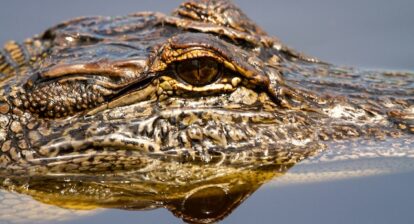
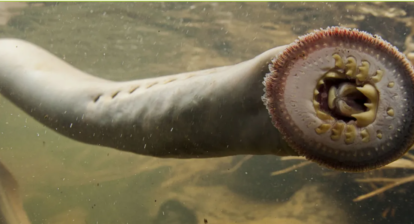
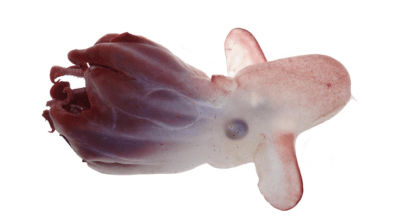

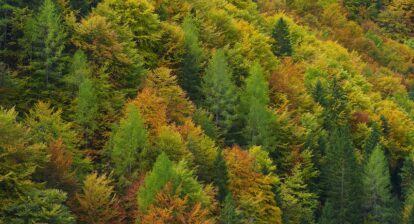
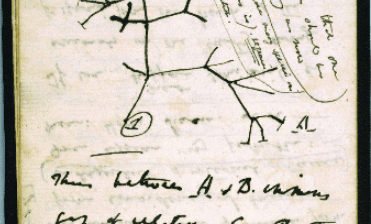

Scientist_2022
Katie Collins, Curator of Benthic molluscs at the Museum says, ‘It’s difficult to identify when a mass extinction may have started and ended. However, there are five big events that we know of, where extinction was much higher than normal background rate, and these are often used to decide whether we are going through a sixth one now.’